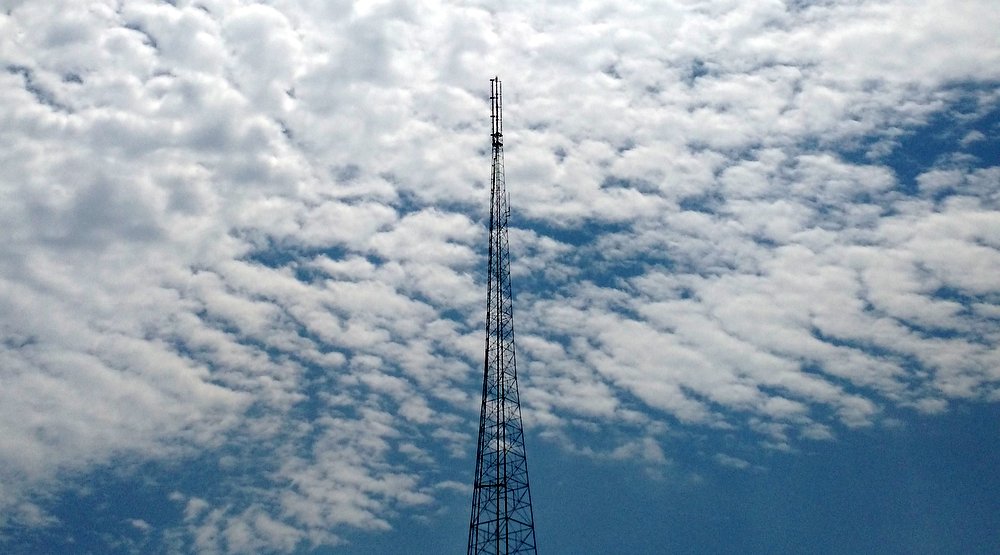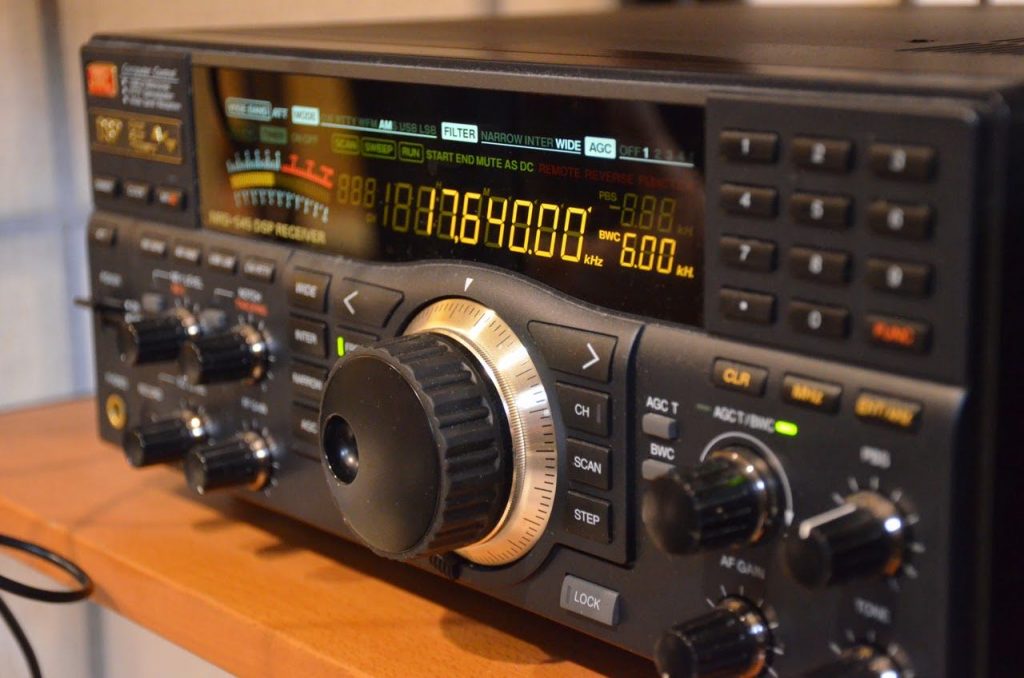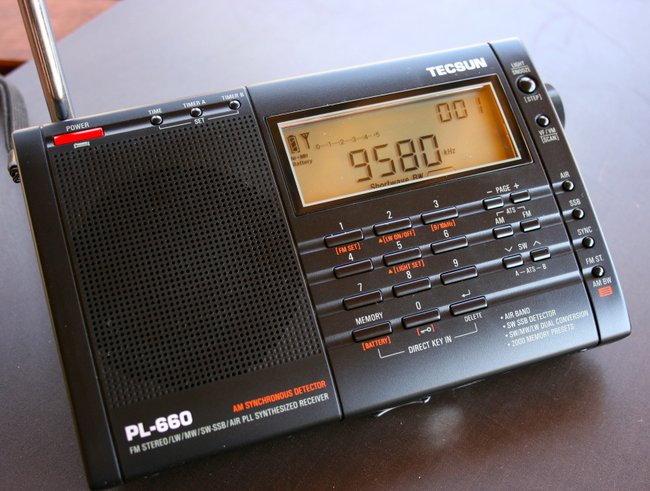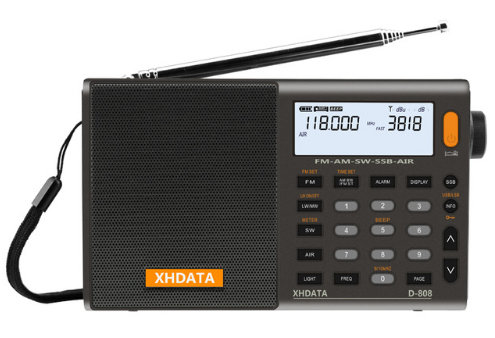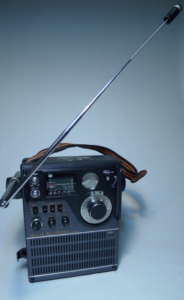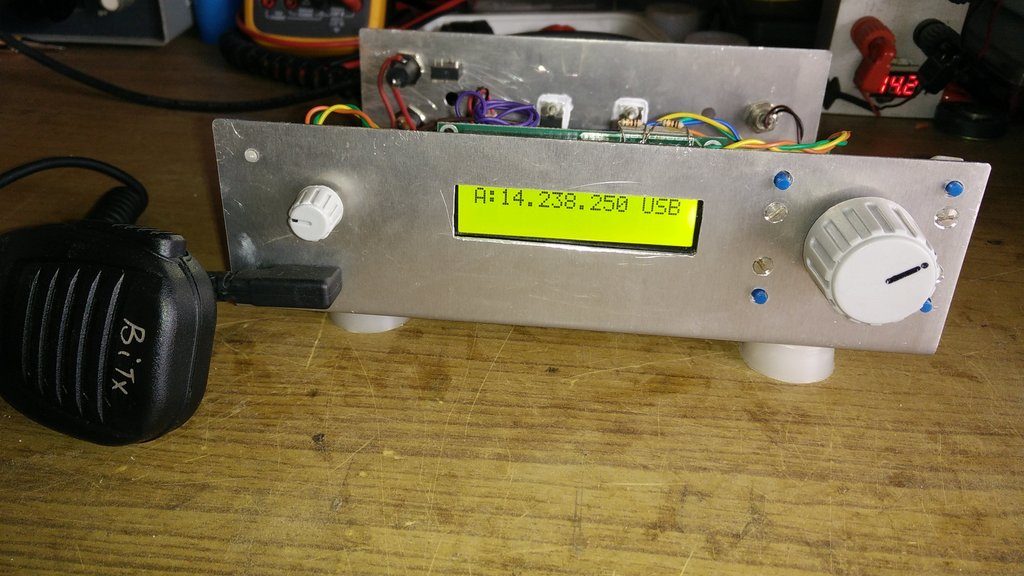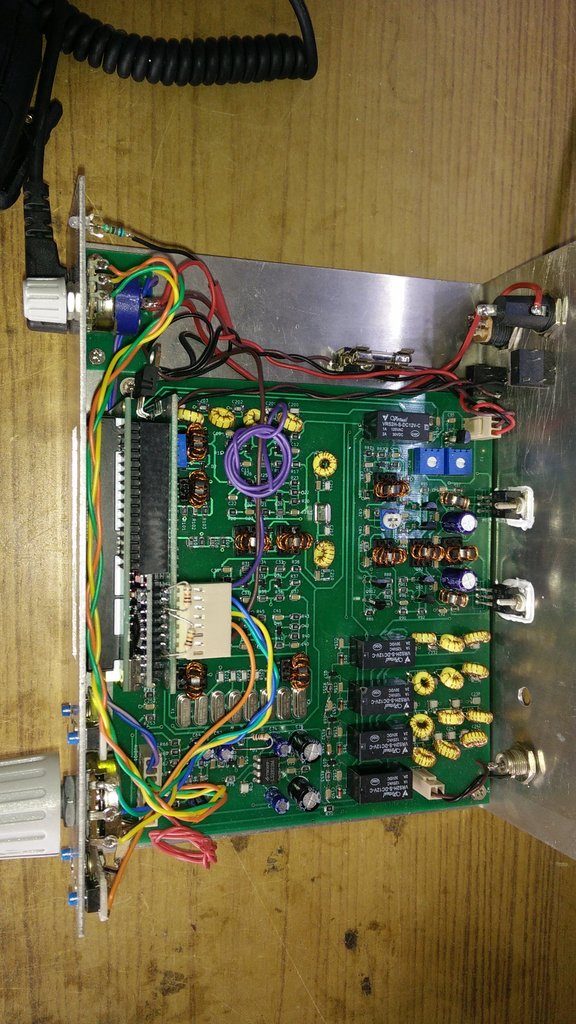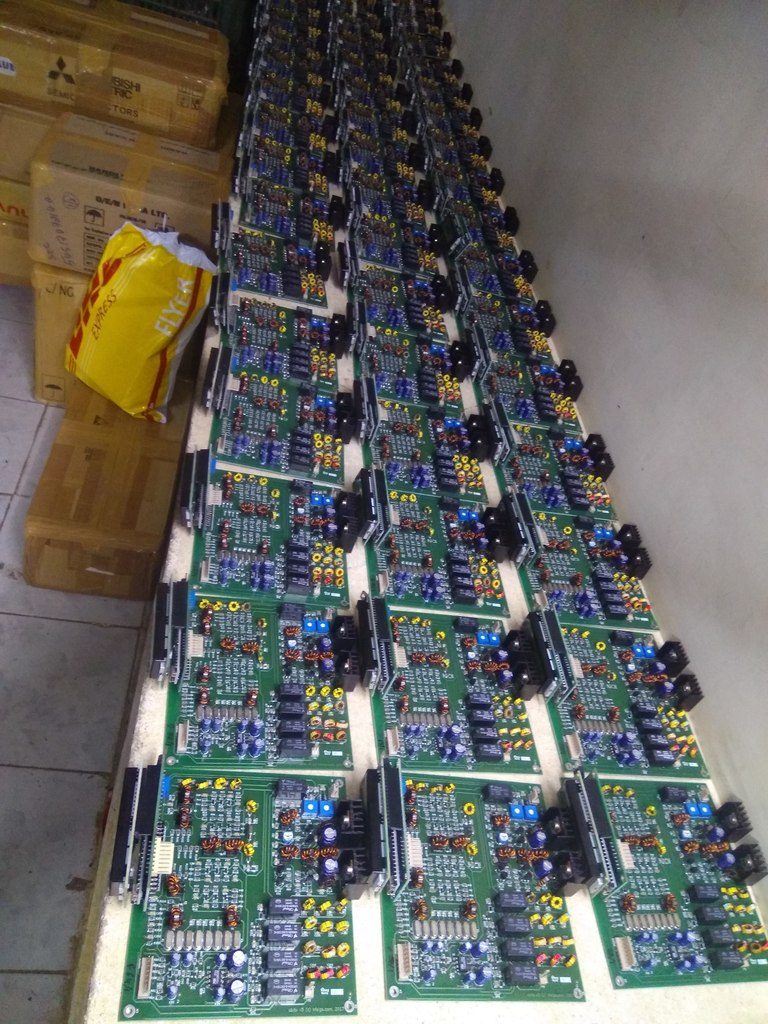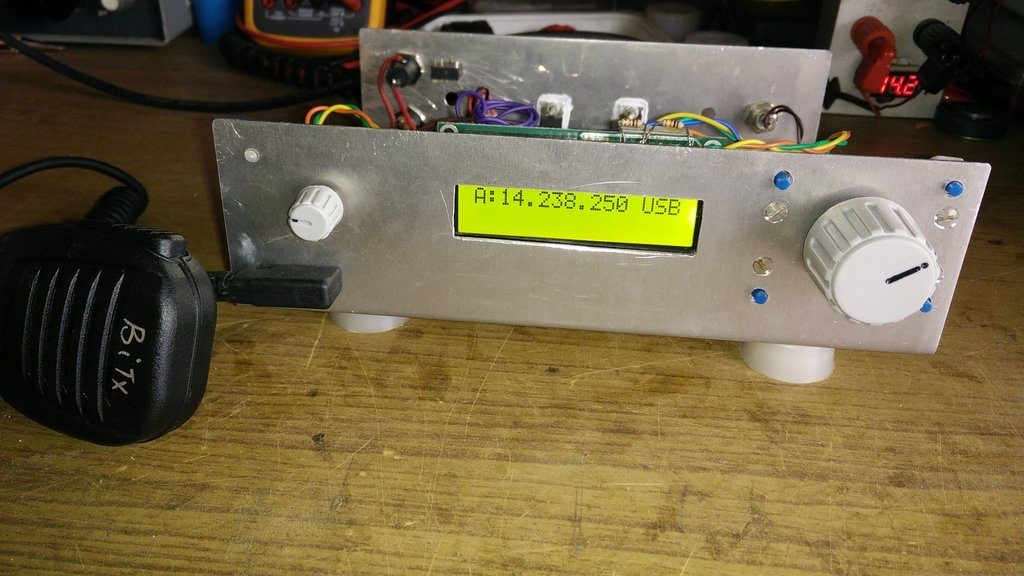
Many thanks to SWLing Post contributor, Pete Eaton (WB9FLW), who shares pricing and additional information about the uBITX general coverage QRP transceiver:
Here are the details, if purchased before Christmas $109 delivered!
http://www.hfsignals.com/
From uBITX creator, Ashhar Farhan:
1. The ubitx is now available for sale, for $109 dollars (includes the shipping), but only until Christmas. *After Christmas, the price will increase to $129 dollars. for this initial batch, a few ham volunteers and I pitched in to sort the crystals, test the coils, tune-up and box these initial kits, we won’t be able to do that any more. we will have to hire more people (which is not a bad thing) and get them to do it.
2. The ubitx is on sale at hfsignals.com, not hfsigs.com. it is easier to remember. we will soon point hfsigs.com to the new website as well. The new site is in wordpress, that means that we can have volunteers writing and updating it rather than waiting for me to hand code the content in html and vi editor.
3. We need help with proof reading the web content.* If you find any typos, please mail me on [email protected] address (not the bitx20 list),
These apart, the early buyers must be aware that they are beta users of sorts, the firmware will sure get updated. i hope there won’t be any revisions of the PCB.
Pete adds:
Just as an aside the original price of the Heathkit HW-8 was $139.95 (in 1970 dollars) and it became a QRP Classic. The uBITX may become one as well and like the HW-8 there will be (and already are) all sorts of mods/additions one will be able to do. The uBITX is 10 dollars cheaper (after 12/25) works 80-10 M, does SSB in addition to CW, and is a Superhet to boot!
Farhan your hit this one out of the Ballpark!
Very cool, Pete! I am very tempted to purchase the uBITX transceiver before Christmas and have it delivered via DHL service. The only thing holding me back is simply the amount of projects I have on my table at the moment! $109 is an incredibly low price for a full-fledged QRP transceiver!
I’m absolutely amazed that it is also has a general coverage receiver. Perhaps the uBITX could serve the SWL as well as the ham radio operator? I suppose we shall soon find out!
Click here to read our other posts regarding the uBITX transceiver.
Click here to order the uBITX transceiver kit.
Please comment if you plan to or have purchased the uBITX. We’d love your feedback!


